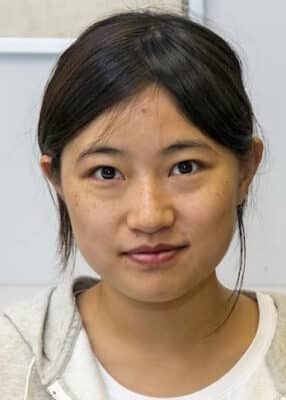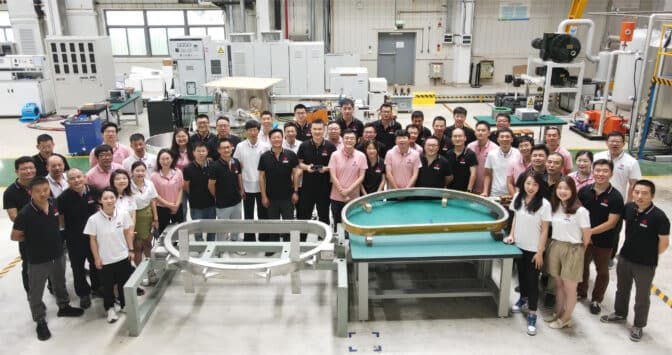Editor’s notice: That is a part of a collection profiling researchers advancing science with excessive efficiency computing.
Earlier than she entered highschool, Ge Dong needed to be a physicist like her mother, a professor at Shanghai Jiao Tong College.
“She stated clear power was actually necessary for sustaining humanity, she talked about it lots,” stated Ge Dong (above at age two together with her mother).

At 32, she’s following that dream at a startup that hopes to search out — with the assistance of HPC and AI — a business path to nuclear fusion.
Pioneering AI in Physics
In 2014, her life’s work took her greater than 7,000 miles from her Shanghai house to Princeton College’s prestigious plasma physics lab, the place she earned a Ph.D.
Her doctoral thesis was constructed on advances by Princeton colleagues. They have been the primary to make use of AI to foretell plasma disruptions that might trigger a fusion reactor to fail.
Ge Dong’s work make clear how the sides of plasma, hotter than the floor of the solar, behave inside a prototype fusion reactor, a donut-shaped enclosure referred to as a tokamak.
Later, she spent greater than a 12 months working together with her colleagues and NVIDIA specialists to create with NVIDIA Omniverse a digital twin to indicate how plasma circles inside a tokamak. Utilizing AI, the hassle slashed the prices of a simulation based mostly on conventional number-crunching strategies.
The outcomes might assist engineers construct controls that hold superheated plasma safely inside tomorrow’s energy crops, dashing the arrival of the clear power supply.
A Pivotal Dialog
In the course of the Covid lockdown, Ge Dong returned to Shanghai to earn a living from home. There, in 2021, a pivotal dialog with a pal, Zhao Yang, led to the choice to co-found Power Singularity, a startup with an formidable plan.
Yang stated he needed to construct a tokamak. When she dismissed the multibillion-dollar concept, he gave an in depth breakdown of a plan that might price far much less.

Then he defined why he needed to take an method, standard amongst researchers, of utilizing high-temperature superconducting magnets to manage the plasma. Though he studied a separate department of physics, he might clarify the rationale all the way down to its elementary equations.
After their speak, “I used to be so excited, I didn’t sleep the entire night time,” she stated of the daring plan.
A number of months later, they joined three others to launch the corporate.
A Contemporary Problem for AI
Studying find out how to construct and management the highly effective, however fragile magnets is the startup’s chief technical problem. The staff is popping to HPC and AI to search out its method.
“It’s a complete new space of analysis that’s ripe for the type of statistical evaluation AI can speed up to ship the simplest and lowest price method,” she stated.
The startup is already designing its prototype on an NVIDIA-accelerated server in its workplace.
“We’ve been utilizing NVIDIA GPUs for all our analysis, they’re one of the vital necessary instruments in plasma physics nowadays,” she stated.
The Subsequent Technology
The work will be all-consuming. Nobody on the staff has had time to take a look at the free health club of their constructing. And it’s been some time since Ge Dong had an excellent recreation of badminton, a favourite pastime.
However she stays upbeat. Inside a decade, somebody will present the way in which to harnessing nuclear fusion, and it may very well be her firm, she stated.
Ge Dong is bound her five-year-old daughter will see her intense ardour for plasma physics. However when it comes time to decide on a profession, she might hear a unique calling in a fusion-powered world.
Try different profiles on this collection:


